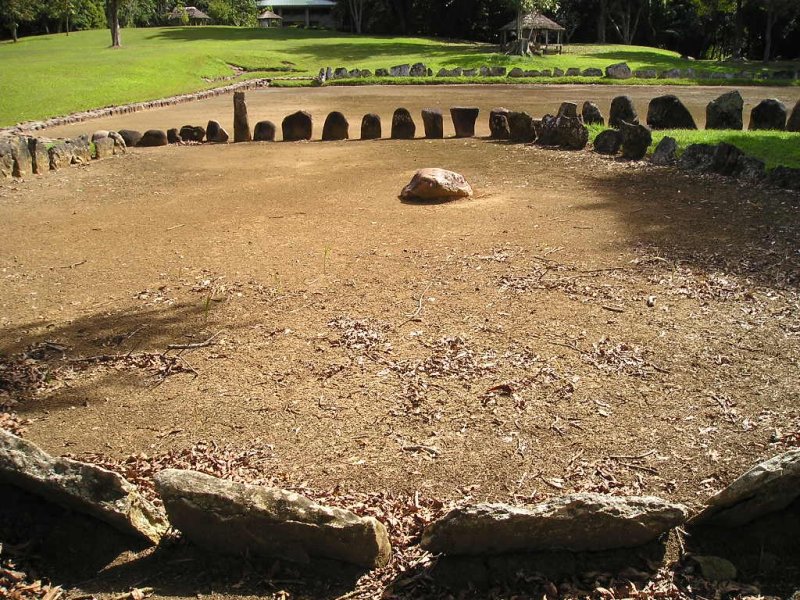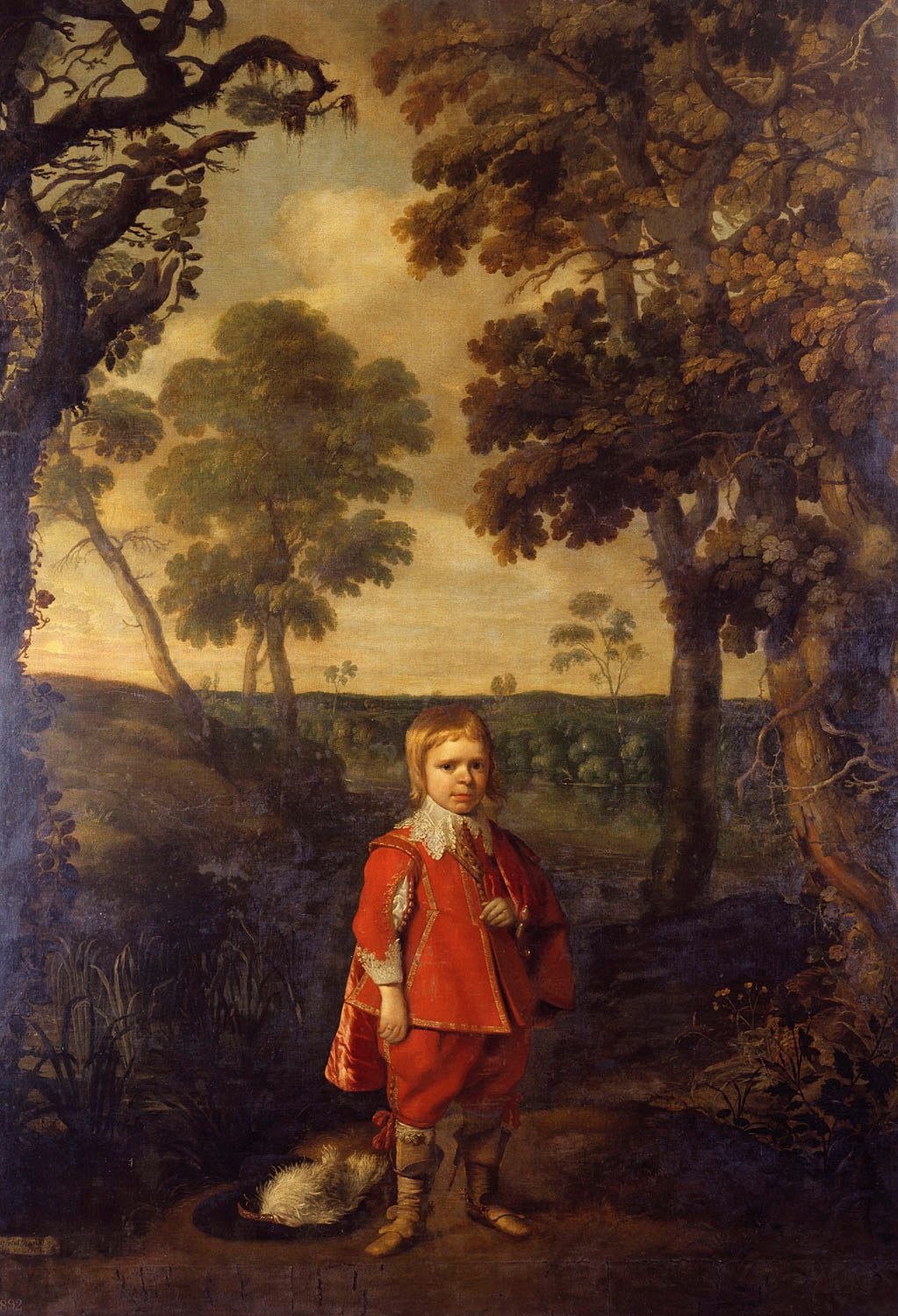|
Hupia
In Taíno people, Taíno culture, the hupia (also ''opia'', ''opi'a'', ''op'a'', ''operi'to'') is the spirit of a person who has died. In Taíno spiritual beliefs, hupias (ghost spirits of those who had died) were contrasted with goeiza, spirits of the living. While a living ''goieza'' had definite form, after passing away the spirit was released as a ''hupia'' and went to live in a remote earthly paradise called Coaybay. Hupias were believed to be able to assume many forms, sometimes appearing as faceless people or taking the form of a deceased loved one. Hupias in human form could always be distinguished by their lack of a navel. Hupias were also associated with bats and said to hide or sleep during the day and come out at night to eat guava fruit. Concept of the Hupias or Ghost Spirits On the matter of what the Tainos believed as to the Hupia (Ghost Spirit). The Taino people never believed in the concept and or idea of Death, as they believed in passing on of the human spirit a ... [...More Info...] [...Related Items...] OR: [Wikipedia] [Google] [Baidu] |
Undead
The undead are beings in mythology, legend, or fiction that are deceased but behave as if they were alive. A common example of an undead being is a cadaver, corpse reanimated by supernatural forces, by the application of either the deceased's own Energy (esotericism), life force or that of a supernatural being (such as a demon, or other evil spirit). The undead may be Incorporeality, incorporeal (ghosts) or Human body, corporeal (mummy (undead), mummies, vampires, skeleton (undead), skeletons, and zombies). The undead are featured in the belief systems of most cultures, and appear in many works of fantasy fiction, fantasy and horror fiction. The term is also occasionally used for real-life attempts to Resurrection#Technological resurrection, resurrect the dead with science and technology, from early experiments like Robert E. Cornish's to future sciences such as "chemical brain preservation" and "cryonics." While the term usually refers to corporeal entities, in some cases (for ... [...More Info...] [...Related Items...] OR: [Wikipedia] [Google] [Baidu] |
Taíno People
The Taíno are the Indigenous peoples of the Caribbean, Indigenous peoples of the Greater Antilles and surrounding islands. At the time of European contact in the late 15th century, they were the principal inhabitants of most of what is now The Bahamas, Cuba, the Dominican Republic, Haiti, Jamaica, Puerto Rico, and the northern Lesser Antilles. The Lucayan people, Lucayan branch of the Taíno were the first New World peoples encountered by Christopher Columbus, in the Lucayan Archipelago, Bahama Archipelago on October 12, 1492. The Taíno historically spoke an Arawakan languages, Arawakan language. Granberry and Vescelius (2004) recognized two varieties of the Taino language: "Classical Taino", spoken in Puerto Rico and most of Hispaniola, and "Ciboney Taino", spoken in the Bahamas, most of Cuba, western Hispaniola, and Jamaica. They lived in agricultural societies ruled by caciques with fixed settlements and a Matrilineality, matrilineal system of kinship and inheritance. Taíno ... [...More Info...] [...Related Items...] OR: [Wikipedia] [Google] [Baidu] |
Guava
Guava ( ), also known as the 'guava-pear', is a common tropical fruit cultivated in many tropical and subtropical regions. The common guava '' Psidium guajava'' (lemon guava, apple guava) is a small tree in the myrtle family (Myrtaceae), native to Mexico, Central America, the Caribbean and northern South America. The name guava is also given to some other species in the genus '' Psidium'' such as strawberry guava ('' Psidium cattleyanum'') and to the pineapple guava, '' Feijoa sellowiana''. In 2019, 55 million tonnes of guavas were produced worldwide, led by India with 45% of the total. Botanically, guavas are berries. Etymology The term ''guava'' appears to have been in use since the mid-16th century. The name derived from the Taíno, a language of the Arawaks as for ''guava tree'' via the Spanish for . It has been adapted in many European and Asian languages, having a similar form. Origin and distribution Guavas originated from an area thought to extend from Mexic ... [...More Info...] [...Related Items...] OR: [Wikipedia] [Google] [Baidu] |
Jurassic Park (novel)
''Jurassic Park'' is a 1990 science fiction novel written by Michael Crichton; it is a cautionary tale about genetic engineering that presents the collapse of a zoological park which showcases genetically recreated dinosaurs to illustrate the mathematical concept of chaos theory and its real-world implications. A sequel titled '' The Lost World'', also written by Crichton, was published in 1995. Two years later, both novels were republished as a single book titled ''Michael Crichton's Jurassic World''. ''Jurassic Park'' received a 1993 film adaptation of the same name directed by Steven Spielberg. The film was a critical and commercial success, becoming the highest-grossing film ever at the time and spawning the ''Jurassic Park'' franchise, including multiple film sequels. Plot In 1989, strange animal attacks occur throughout Costa Rica. One of the species behind the attacks is believed to be '' Procompsognathus'', an extinct dinosaur. Paleontologist Alan Grant and his pale ... [...More Info...] [...Related Items...] OR: [Wikipedia] [Google] [Baidu] |
Michael Crichton
John Michael Crichton (; October 23, 1942 – November 4, 2008) was an American author, screenwriter and filmmaker. His books have sold over 200 million copies worldwide, and over a dozen have been adapted into films. His literary works heavily feature technology and are usually within the science fiction, techno-thriller, and medical fiction genres. Crichton's novels often explore human technological advancement and attempted dominance over nature, both with frequently catastrophic results; many of his works are cautionary tales, especially regarding themes of biotechnology. Several of his stories center on themes of genetic modification, Hybridization (biology), hybridization, paleontology and/or zoology. Many feature medical or scientific underpinnings, reflective of his own medical training and scientific background. Crichton received an Doctor of Medicine, M.D. from Harvard Medical School in 1969 but did not practice medicine, choosing to focus on his writing instead. Init ... [...More Info...] [...Related Items...] OR: [Wikipedia] [Google] [Baidu] |
Velociraptor
''Velociraptor'' (; ) is a genus of small dromaeosaurid dinosaurs that lived in Asia during the Late Cretaceous epoch, about 75 million to 71 million years ago. Two species are currently recognized, although others have been assigned in the past. The type species is ''V. mongoliensis'', named and described in 1924. Fossils of this species have been discovered in the Djadochta Formation, Mongolia. A second species, ''V. osmolskae'', was named in 2008 for skull material from the Bayan Mandahu Formation, China. Smaller than other dromaeosaurids like ''Deinonychus'' and '' Achillobator'', ''Velociraptor'' was about long with a body mass around . It nevertheless shared many of the same anatomical features. It was a bipedal, feathered carnivore with a long tail and an enlarged sickle-shaped claw on each hindfoot, which is thought to have been used to tackle and restrain prey. ''Velociraptor'' can be distinguished from other dromaeosaurids by its long and low skull, with an ... [...More Info...] [...Related Items...] OR: [Wikipedia] [Google] [Baidu] |
Costa Rica
Costa Rica, officially the Republic of Costa Rica, is a country in Central America. It borders Nicaragua to the north, the Caribbean Sea to the northeast, Panama to the southeast, and the Pacific Ocean to the southwest, as well as Maritime boundary, maritime border with Ecuador to the south of Cocos Island. It has a population of around five million in a land area of nearly . An estimated people live in the capital and largest city, San José, Costa Rica, San José, with around two million people in the surrounding metropolitan area. The sovereign state is a Presidential system, presidential republic. It has a long-standing and stable Constitution of Costa Rica, constitutional democracy and a highly educated workforce. The country spends roughly 6.9% of its budget (2016) on education, compared to a global average of 4.4%. Its economy, once heavily dependent on agriculture, has diversified to include sectors such as finance, corporate services for foreign companies, pharmaceut ... [...More Info...] [...Related Items...] OR: [Wikipedia] [Google] [Baidu] |
Procompsognathus
''Procompsognathus'' is an extinct genus of Coelophysidae, coelophysid Theropoda, theropod dinosaur that lived approximately 210 million years ago during the later part of the Triassic Period (geology), Period, in what is now Germany. ''Procompsognathus'' was a small-sized, lightly built, ground-dwelling, bipedal carnivore, that could grow up to long. Discovery and naming The fragmentary and poorly preserved skeleton of ''Procompsognathus'' was found in the Middle Stubensandstein member of the Löwenstein Formation at the ''Weiße Steinbruch'', the quarry of Albert Burrer on the northern slopes of the Baden-Württemberg, Stromberg region near Pfaffenhofen, Baden-Württemberg, Pfaffenhofen in Württemberg, Germany. The discovery was made by Albert Burrer in the spring of 1909 in white sandstone and gray/blue marl sediments that were deposited during the Norian Stage (stratigraphy), stage of the Triassic period. The holotype SMNS 12591, consisted of three blocks of sandstone: on ... [...More Info...] [...Related Items...] OR: [Wikipedia] [Google] [Baidu] |
Supernatural Legends
Supernatural phenomena or entities are those beyond the laws of nature. The term is derived from Medieval Latin , from Latin 'above, beyond, outside of' + 'nature'. Although the corollary term "nature" has had multiple meanings since the ancient world, the term "supernatural" emerged in the Middle Ages and did not exist in the ancient world. The supernatural is featured in folklore and religious contexts, but can also feature as an explanation in more secular contexts, as in the cases of superstitions or belief in the paranormal. The term is attributed to non-physical entities, such as angels, demons, gods and spirits. It also includes claimed abilities embodied in or provided by such beings, including magic, telekinesis, levitation, precognition and extrasensory perception. The supernatural is hypernymic to religion. Religions are standardized supernaturalist worldviews, or at least more complete than single supernaturalist views. Supernaturalism is the adherence to ... [...More Info...] [...Related Items...] OR: [Wikipedia] [Google] [Baidu] |
Taíno Mythology
Taíno mythology is the body or collection of myths of the Taíno in Cuba, Puerto Rico, Dominican Republic and the Greater Antilles. The Island Arawak-speaking Taino recorded their mythology in communal sacred performances called areitos which are mostly lost. Areitos involved complex elaborations in dance, music, oratory, fabric, and trance. They also performed areitos for important social events like harvest time and births, marriages, and deaths of chiefs. Taino religious practice was centered on veneration of zemis, ancestors, and mythic heroes within a perception that had no distinction between natural and supernatural. Zemis generally held away over specific natural domains, processes, rhythms, and resources. Yucahu, son of mother goddess Atabey, for example, was the god of cassava or yucca, the primary food source of the Taino. Opiyelguobiran, the soul dog, ferried dead souls between realms. Religion was administered by priests (behikes or bohikes), and chiefs or kasikes ( ... [...More Info...] [...Related Items...] OR: [Wikipedia] [Google] [Baidu] |






